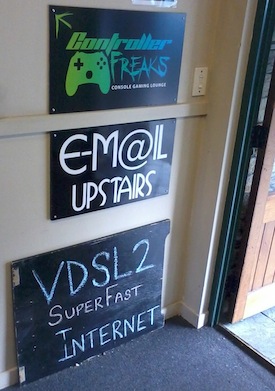And the 2014 open source champion prize goes to Microsoft

In with a chance.
When the City of Los Angeles released its gigabit RFI earlier this week, it didn’t put the considerable broadband-relevant assets owned by its municipal electric utility on the table, but it did offer to throw in obsolete computers…
… MoreDue to the Microsoft end-of-support for its Windows XP Operating System on April 8, 2014, a mass computer replacement effort has been underway across the City. As a result, thousands of old computers will be salvaged through the City’s e-waste recycling.









